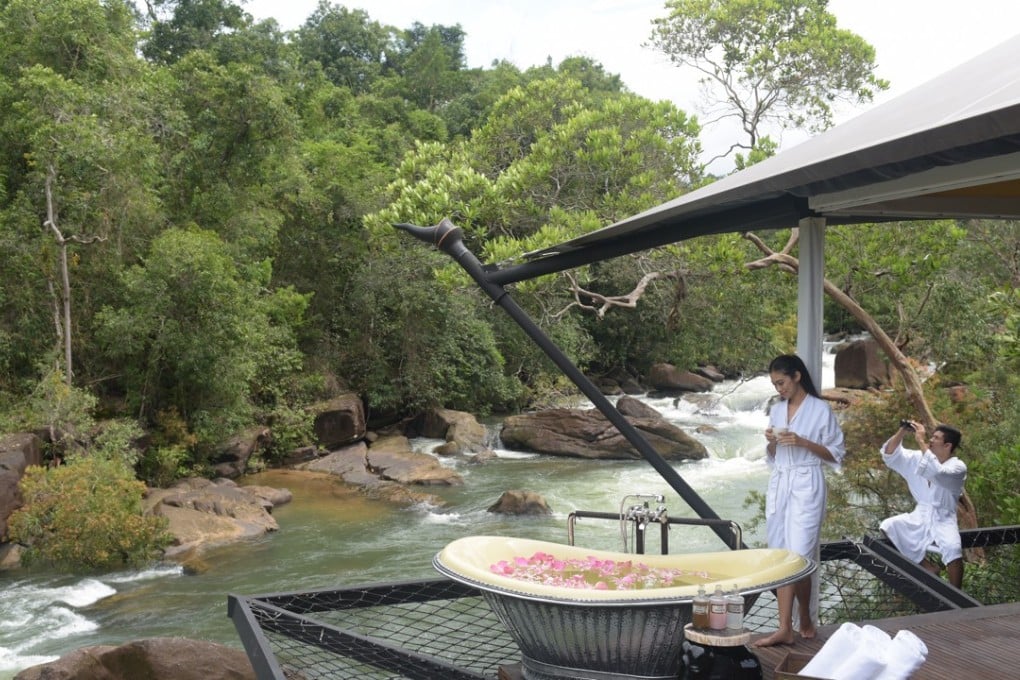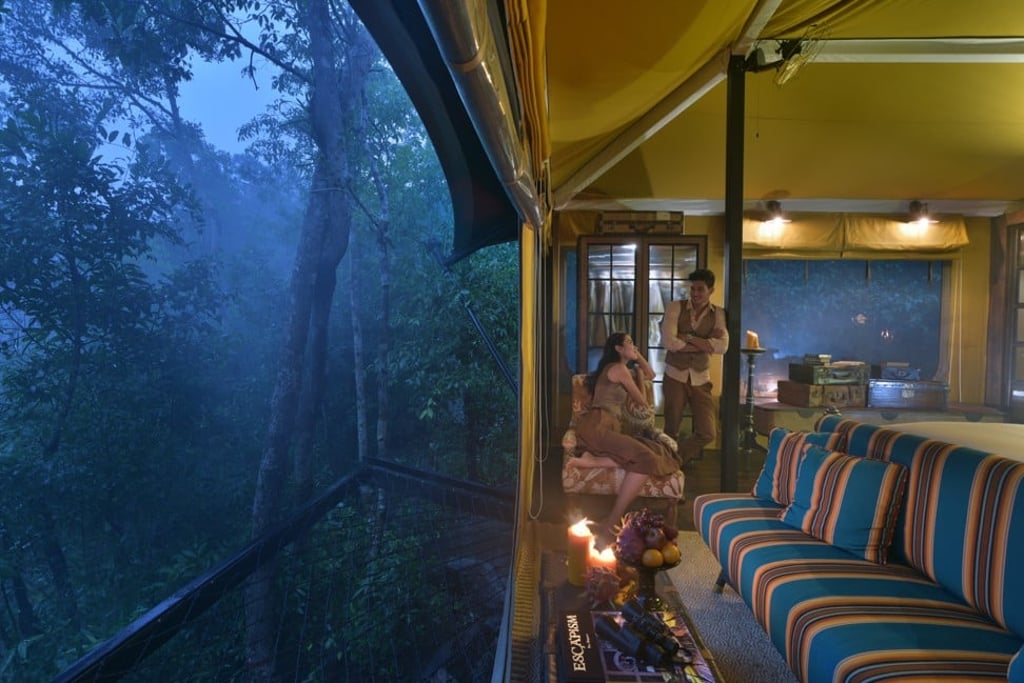How luxury tourism could help preserve biggest rainforest in Southeast Asia and its rare wildlife
Travellers to Cambodia’s Cardamom Mountains can enjoy nature at its best, while helping to save the rainforest and its wildlife from logging and poaching, thanks to the launch of innovative tourism projects to support conservation

A wooden hut is packed with ageing chainsaws, simple but lethal home-made wire and rope snares and rusty metal traps – all of them seized by the teams that patrol and protect Cambodia’s Cardamom Mountains.
The weapons are just a small haul by rangers who guard the dwindling landscape and its diversity of wildlife. As Southeast Asia’s largest remaining rainforest, conserving the Cardamoms – home to rare flora and species teetering on the brink of extinction, including pangolins, Indochinese tigers and royal turtles, as well as remote indigenous communities – has become a priority for organisations that work tirelessly to guard the area.
Decades of pillaging by hunters, illegal loggers and sand dredgers, who annually plunder thousands of tonnes of sand from the estuaries to export for construction, has taken its toll on the Cardamoms.
NGO Open Development Cambodia estimates the country’s forests are disappearing at a rate of 2,000 square kilometrres (770 square miles) a year, with seven per cent of the once pristine landscape destroyed in the last 12 years. Cambodia has one of the highest rates of deforestation in the world, according to NGO Wildlife Alliance, which has been protecting the rainforest since 2002.

Illegal logging scars the landscape, with luxury timber, including rosewood which sells for US$5,000 to US$8,000 per cubic metre, heavily felled. Vast areas of the jungle have also been cleared for agricultural development, such as rubber tree and palm oil plantations. Poachers prowl the dense forest on the hunt for endangered animals that fetch high prices in the region’s rampant wildlife trade – an industry estimated globally to be worth US$19 billion annually.
For example, pangolins fetch up to US$600 per kilogram on the black market, while a single tiger’s whisker – used in Chinese medicine – is worth US$10.